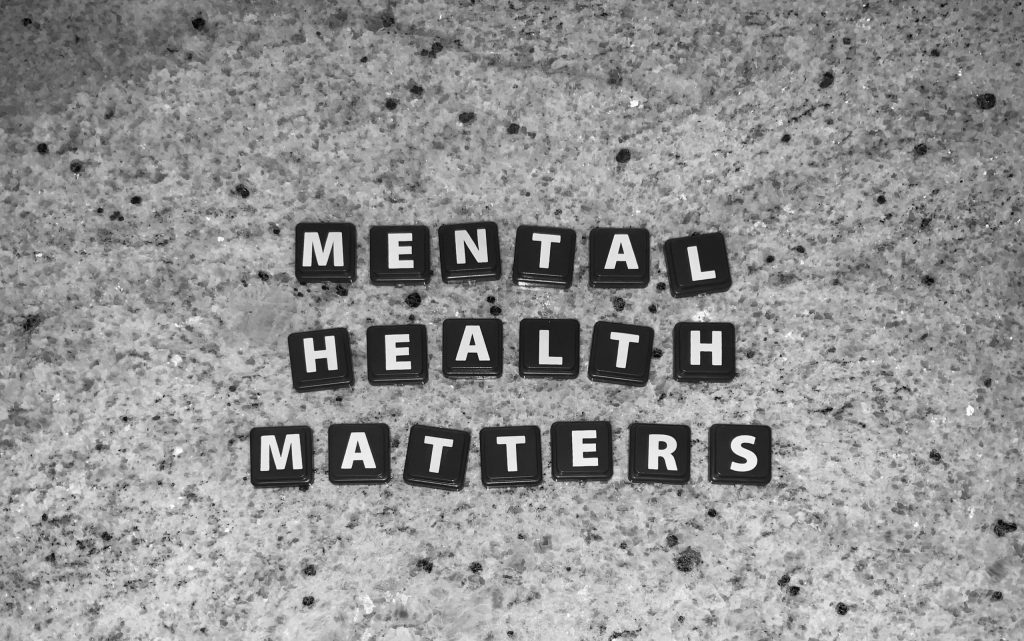#education
By DaQuan Lawrence,
AFRO International Writer,
DLawrence@afro.com
As the school year nears the halfway mark for students around the nation, Black and Latino students are still struggling with mental health more than other racial groups in the U.S. Although the COVID-19 pandemic worsened social and economic conditions that negatively impact marginalized populations, stakeholders around Baltimore City are taking steps to reduce the mental health struggles of city students.
According to Baltimore City Public Schools (BCPS), the 2023-2024 school year officially began on Aug. 28. with an abundance of resources for families and students. Aside from information on childcare services, vaccinations, transportation, school bell times and school supply lists, mental health resources have also been offered.
Tamira Dunn is the chief operating officer of DMC Empowering Health Services, which started in 2020 and serves Baltimore City and surrounding counties. Dunn shared several pointers for parents looking to support students who may struggle with mental health challenges.
“Make sure that while you’re advocating for them and their mental health that you’re doing the same for yourself, so you don’t get frustrated or burnt out,” Dunn told the AFRO.
The city’s public school system has provided support for students from the inner city and marginalized populations. BCPS offers the Expanded School Mental Health program in most schools through a collaboration with the Baltimore Mental Health System, Health Department, Baltimore Substance Abuse System as well as the Family League and four other agencies.
Like mental health clinics, the program provides prevention and early intervention, individual and group counseling for students with more significant mental health issues. Students can also receive support services through a referral process and obtain ongoing medication or more intensive mental health care.
Shameka Thomas-Habersham is the director of Child and Family for Behavioral Health System Baltimore (BHSB). She spoke on the mental health services BHSB provides to families around the city.
“We manage the behavioral health systems and public and private funds to provide behavioral health services to the community. We partner with multiple entities in Baltimore City to target suicide prevention,” said Thomas-Habersham. “We are promoting services such as our 988-hotline for folks to call if someone is having a crisis or contemplating suicide.”
Research has shown students from Black and Latino communities struggle with their mental health across all academic levels.
The COVID-19 pandemic exacerbated pre-existing mental health disparities in education as students across the nation returned to school, and many struggled to re-adjust, according to a 2022 Brookings Institution report.
BHSB also provides services to school age youth across Baltimore.
“There are school-based mental health services that we manage, which are useful for students and parents to get connected to, and some schools also have substance-use services,” Thomas-Habersham told the AFRO.
The mental health of scholars in pre-k through grade 12 is often tied to economic security. Younger students find it hard to concentrate, complete assignments or display appropriate classroom behavior when basic needs are not met due to financial instability in their homes. For older students, financial pressure in the home might require them to find employment to pay for school fees or prepare for life after graduation.
The stress of economic insecurity and a host of other factors, such as the prevalence of violence and crime in a scholar’s environment, can create anxiety and stress. And it cannot be ignored. According to the American Psychological Association (APA), “prolonged stress can cause high blood pressure, weaken the immune system and contribute to diseases such as obesity and heart disease. It can also lead to mental health problems such as anxiety and depression—disorders that are becoming more common in youth.”
The APA reports that stress can show up in a variety of ways when it comes to school-age children. Stress in a child can show up as “irritability and anger,” “changes in behavior” or “trouble sleeping.” A student that is overwhelmed might begin “neglecting responsibilities,” “eating changes” or succumb to sickness more often.
Symptoms of stress also vary by age.
“Pre-k and kindergarten students may complain of stomach aches or headaches, experience incontinence, become clingier, or start habits like hair twirling or thumb-sucking,” reports the APA. While “high school students may isolate themselves, give up easily when frustrated, or react with strong emotions (e.g., anger, hostility), or adopt new and negative coping mechanisms. What is stressful to one person may not be equally stressful to another.”
In elementary school, students “may cry easily, take frequent trips to the bathroom or school nurse, have difficulty staying in their seats or become irritable” if they are experiencing extreme stress, the APA reports. “On the one hand some students may become angry, oppositional, or defiant and have disruptive outbursts. On the other hand, some students may laugh excessively.”
In middle school, scholars who are stressed might “express worry, show anxiety or feel isolated or lonely. On the one hand, some students may become angry, oppositional, or defiant.”
To improve the mental health of grade school students, the APA advises that scholars get enough sleep each night, which means “nine to 12 hours of sleep a night for 6- to 12-year olds” and at least eight hours of rest for teens each night.
Stress can be reduced by exercise, time outside in nature, journaling, practicing mindfulness or speaking with a trusted adult. The APA reports that parents can help by “modeling healthy coping” mechanisms, while also leaving room for letting “kids be problem-solvers.” Experts say parents can do their students a great service if they teach them how to navigate online platforms and internet culture, “where they can run into questionable content, cyberbullying or the peer pressures of social media.”
“Parents can help by teaching their children to be savvy digital consumers, and by limiting screen time,” according to the APA. They can also take action to “combat negative thinking.”
“Children and teens can easily fall into the trap of negative thinking. When children use negative self-talk, though, don’t just disagree. Ask them to really think about whether what they say is true, or remind them of times they worked hard and improved. Learning to frame things positively will help them develop resilience to stress,” reports the organization.
Dunn said minding the mental health of students throughout the year is crucial, parents must also keep their own needs in mind.
“If you are not your best self, it’s almost impossible for you to be able to care for your children. We know that children are a big responsibility. They require a lot of attention, as there are many needs you must meet as a parent,” Dunn said. “Schedule meetings with teachers and with the school. Identify what you can do at home and ask for outside resources like a behavioral health agency such as DMC,” she concluded.
For more information or questions on supports offered during the academic school year, parents can contact BCPS at engagement@bcps.k12.md.us or call 410-545-1870.
The post AFRO inside look: Maintaining good mental health during the school year appeared first on AFRO American Newspapers .











